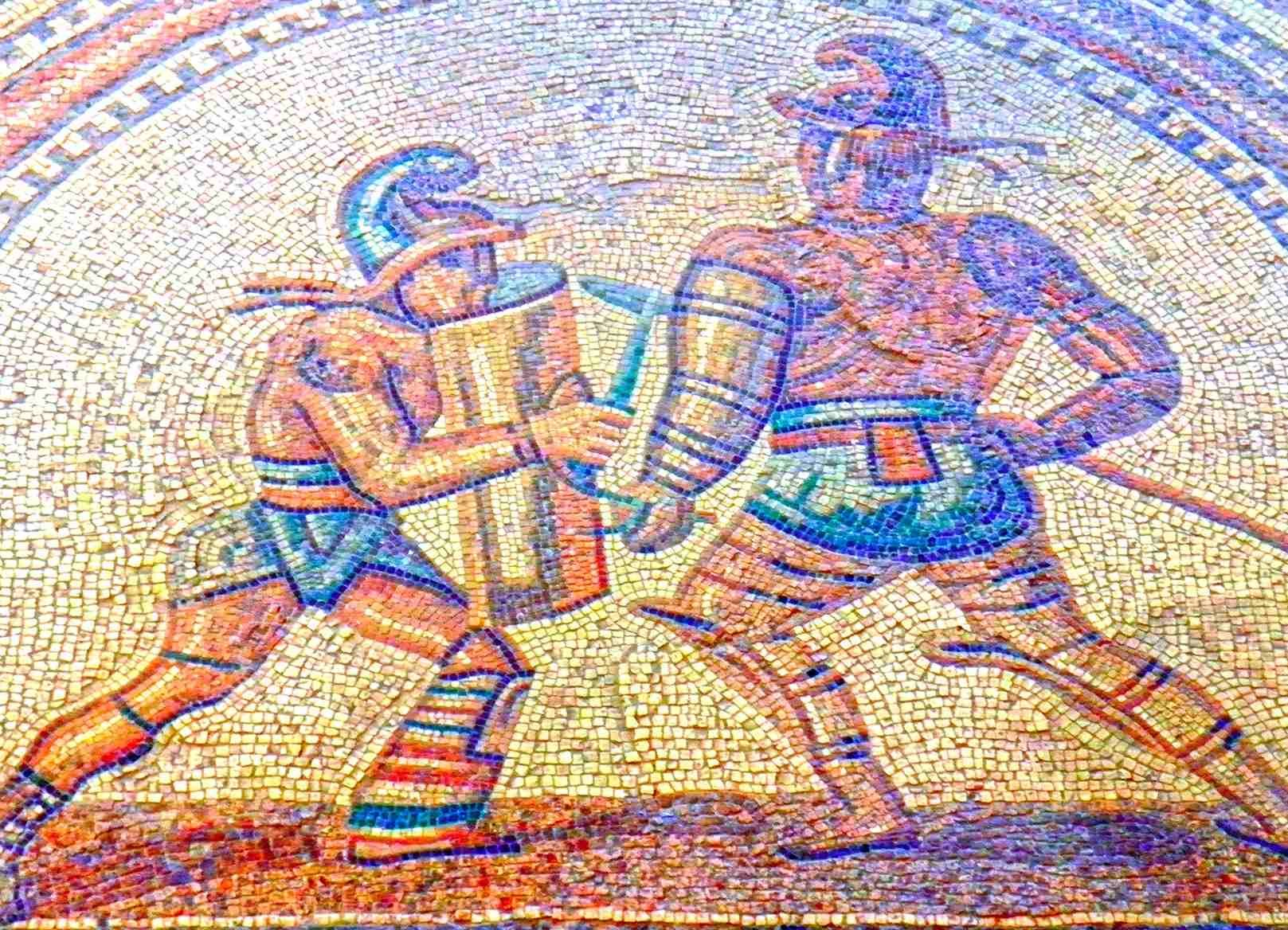Thraex: One of the Most Popular Roman Gladiators
When light-armored Thraex paired against a heavy-armored murmillo, this mimicked the fight between Roman legionaries against their enemies in Thrace.

When light-armored Thraex paired against a heavy-armored murmillo, this mimicked the fight between Roman legionaries against their enemies in Thrace.

